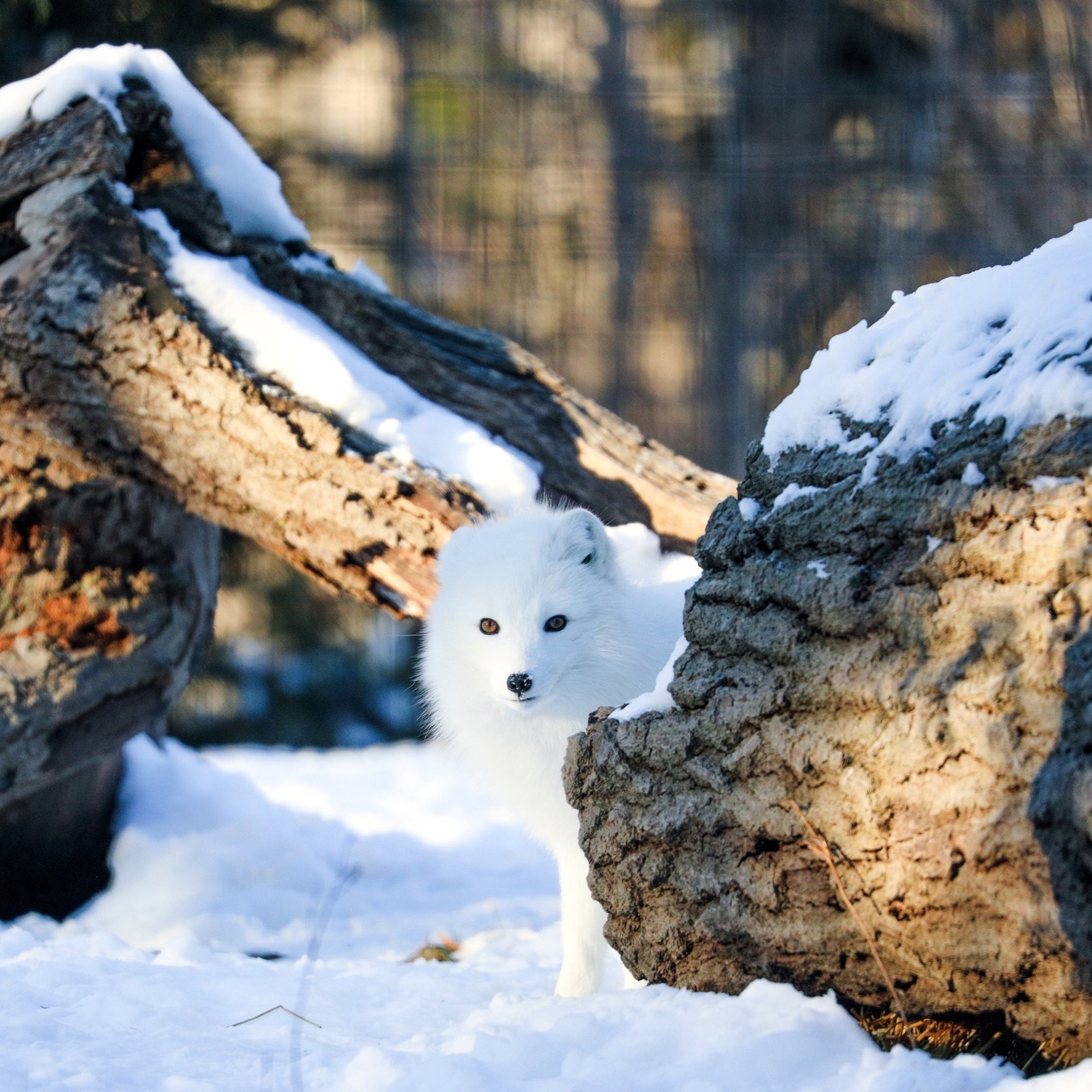- Adapting zoo environments for cold weather: practical measures and technologies employed.
- The impact of cold weather on different animal species and their physiological responses.
- The role of zookeepers in maintaining animal health and safety during winter.
- Insights into visitor engagement and educational opportunities amidst cold weather.
- The importance of support and conservation efforts during the winter season.
Potter Park Zoo stands as a beacon of wildlife care and conservation, even as the mercury dips and cold winds sweep across its snowy landscape. Operating from 10 a.m. to 4 p.m. during the off-peak winter season, this cherished community institution remains resolute in its commitment to maintaining animal welfare. Integral to this commitment are several thoughtfully implemented measures designed to protect the diverse array of species inhabiting the zoo.
When temperatures plummet, the zoo environment must be adapted to provide a warm haven for its residents. Technological advancements and strategic methodologies are key in achieving this. Heat lamps are often employed to combat the chill, bathing enclosures in gentle warmth. These lamps offer targeted heat, allowing animals to self-regulate their exposure based on their individual needs. Further, straw beds provide essential insulation, acting as natural heat retainers that encourage comfort and rest. Coupled with heated water bowls, these elements guarantee that basic needs are met, preventing water sources from freezing over and ensuring hydration is consistently available.
Additional indoor shelter options are crucial during winter months. These spaces are specially designed to simulate natural habitats, with elements that cater to specific species requirements. Shelters are constructed with climate control features, enabling stable temperature maintenance that mirrors conditions more familiar to the animals’ native environments. This attention to detail not only benefits animal comfort but also plays a significant role in reducing stress levels, which is vital for maintaining overall health.
Understanding the physiological impacts of cold weather on animals is essential. Various species have different tolerances and responses to low temperatures. For instance, cold-blooded reptiles experience a notable slowdown in metabolic activities, impacting their feeding and digestion habits. In contrast, mammals may exhibit behaviors such as increased food intake and fur fluffing to draft natural thermal barriers against the cold. By recognizing these nuances, zoo staff can tailor care practices accordingly, ensuring every resident remains healthy and content through the frigid months.
Zookeepers are the linchpins in the winter operations of Potter Park Zoo. These dedicated professionals are continually monitoring animal health and enclosure conditions, adapting to day-to-day changes in weather as required. They administer dietary adjustments that supply additional calories for energy, inspect heating systems, and often don extra layers to work outside in challenging conditions. Their vigilance and quick response capabilities are vital in warding off cold-related ailments and guaranteeing that the comprehensive care plans in place remain effective throughout the season.
Meanwhile, the winter setting at Potter Park Zoo also presents unique opportunities for visitor engagement and education. While the cold may deter some, many visitors are fascinated by the seasonal behaviors displayed by the animals. Educational programs are designed to highlight these adaptations, offering insights into the survival techniques animals use in the wild. This is not only an exhibition of biological resilience but also a platform for conservation messaging, emphasizing the importance of understanding and protecting nature’s delicate balance.
Support for the zoo and its inhabitants does not wane during the winter months. Visitor attendance and community support remain critical, ensuring the sustainability of the facilities and the continuation of care programs. Additionally, conservation efforts often see amplification during these times, with donors acknowledging the increased resource demands associated with cold weather care.
The efforts of Potter Park Zoo to maintain operations during freezing conditions underscore the broader significance of wildlife conservation and education initiatives. It serves as a reminder of the interconnected roles humans play in preserving the natural world, advocating for thoughtful stewardship and inspired by the dedication of those working tirelessly behind the scenes, even amidst the stark winter cold. This fusion of respect for natural life and practical care strategies embodies the zoo’s philosophy—a harmony of living systems, nurtured through the keen observation and longstanding expertise of the zoological community.
*****
Source Description
❄️ Cold Weather Update ❄️
Potter Park Zoo will be open today during normal winter hours from 10 a.m. to 4 p.m.
Our keepers are working hard and staying vigilant amidst the frigid temperatures to ensure the well-being of our animals.
To provide warmth and comfort to our animals in the winter months, we implement various measures including heat lamps, straw beds, heated water bowls, and additional shelter options indoors. Each piece plays a crucial role in keeping our animals cozy and content during cold weather, especially when temperatures are as low as they are now.
Thank you for your continued concern and unwavering support for our animals. We truly appreciate your dedication to their well-being!


